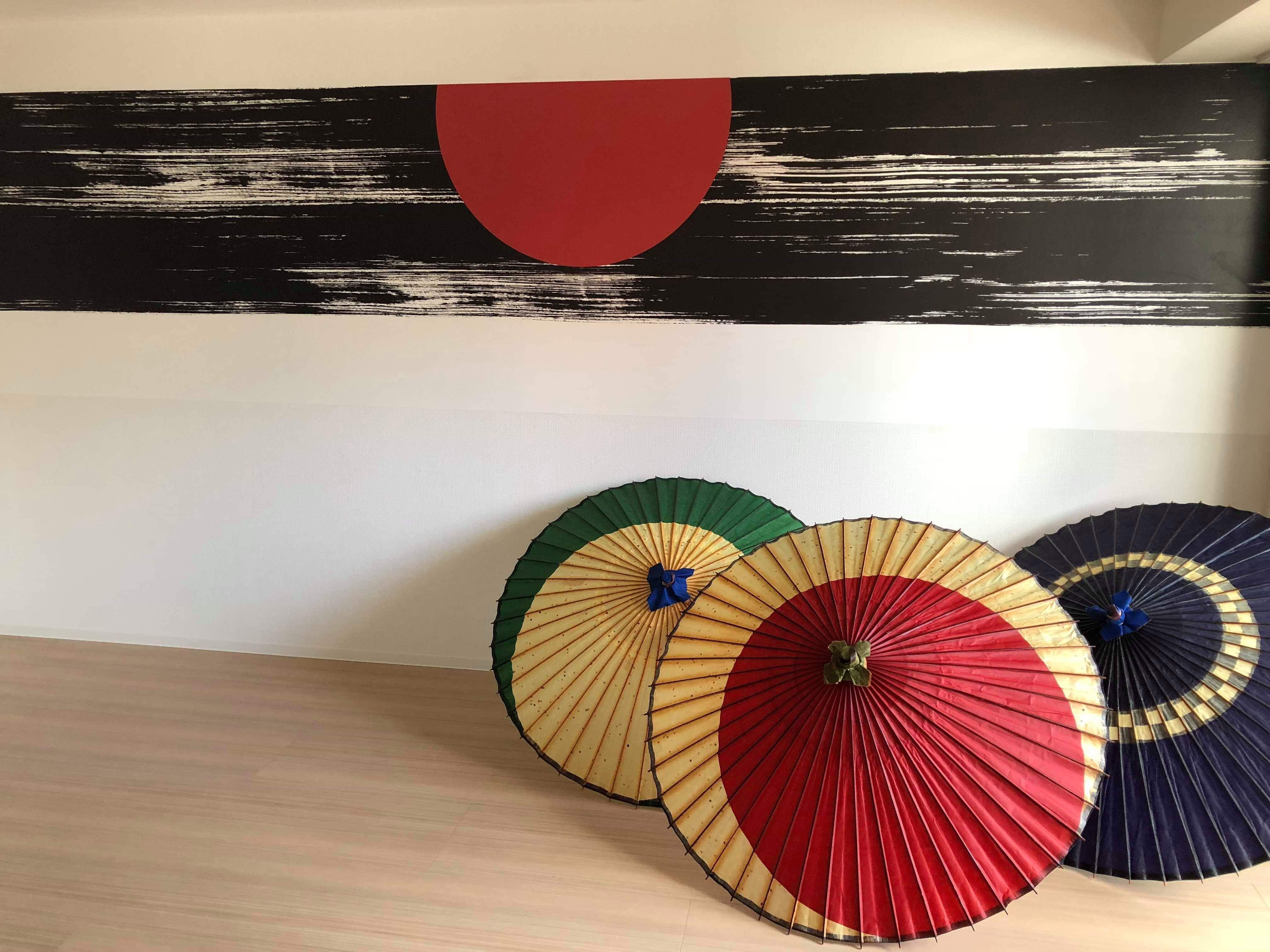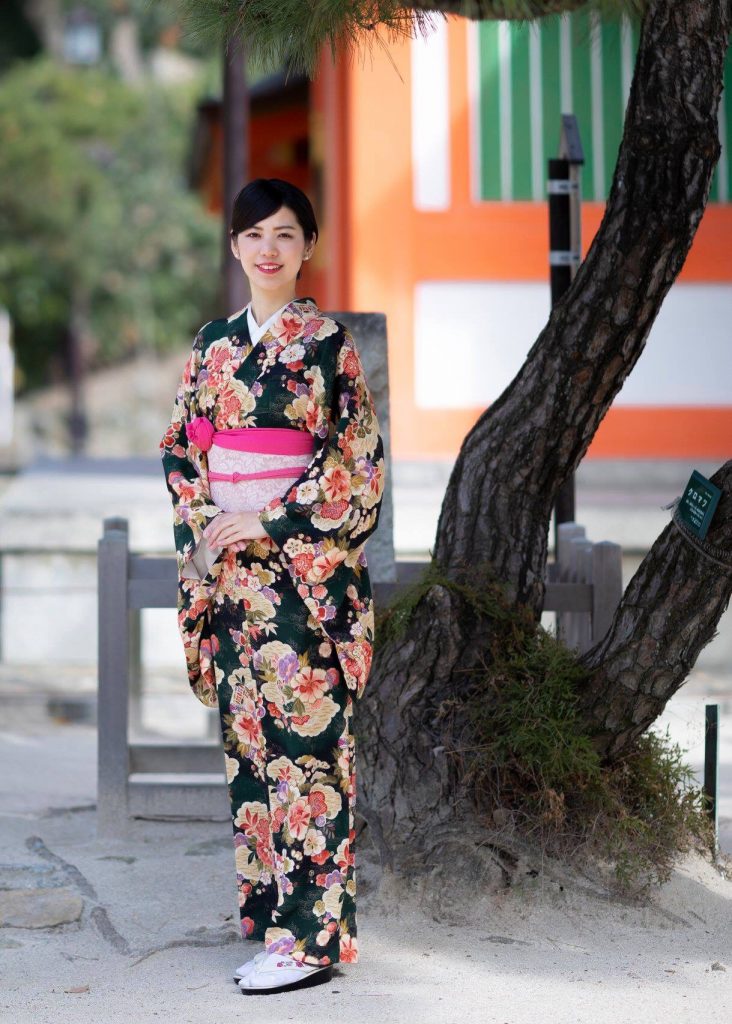お客様の声

Anthurium Care Guide: Tips for Vibrant Houseplants
Anthuriums bring beauty to any room with their shiny spathes and leaves. For them to look their best, proper care is key. It’s important to get the mix of light, water, soil, and food just right.
The Royal Horticultural Society says choosing the right spot is the first step. Plants need the right light, regular water, and good soil to thrive. The Missouri Botanical Garden adds that keeping the air humid and the soil well-drained helps avoid root rot. This keeps your anthuriums healthy and looking great.
Anthuriums do more than look good, according to the University of Florida IFAS Extension. They clean the air of toxins, making your home healthier. With these care tips, your anthuriums will not only survive but flourish. This adds to both the health and beauty of your living space.
Choosing the Right Anthurium for Your Home
Anthuriums bring vibrant greenery to your home like no other. Knowing the different anthurium varieties and their care is key. This knowledge will help you pick the right plant for your space.
Popular Anthurium Varieties
Two main types of anthurium varieties are quite popular: Anthurium andraeanum and Anthurium scherzerianum. Anthurium andraeanum is known for its beautiful heart-shaped flowers that come in red, pink, or white. Meanwhile, Anthurium scherzerianum boasts spiral-shaped flowers, adding an exotic touch. Think about the flower's shape, color, and size to match your decor.
Factors to Consider When Buying an Anthurium
Before getting an anthurium, think about a few things. First, check if the plant's size fits well in your space. Then, look into how often it blooms and what care it needs. Some bloom all year, but others don’t. This affects how much care they'll need. Be sure you can provide the right care. The plant you choose should fit your lifestyle and home.
Where to Purchase Quality Anthurium Plants
Knowing where to buy your plant is important. Look for reputable nurseries or garden centers. Ones associated with the American Society for Horticultural Science are usually good. You can also find them online or at local plant fairs. Make sure to check the plant’s health before buying. Look for healthy leaves and roots, free from pests or disease. The National Gardening Association says to look for signs of good health and color.
If you live in a tropical area, get advice from specialised places like the University of Hawai'i at Mānoa - College of Tropical Agriculture & Human Resources. They can offer tips on what to get and how to care for it. With the right sources, you'll find the ideal anthurium for your home.
Optimal Lighting Conditions for Anthuriums
Making sure your anthuriums get the right light is key for their bright colors and strong growth. Knowing what lighting for anthuriums they need helps you make the best place for them to grow.
Understanding Natural Light Needs
Anthuriums do well in bright, indirect natural light. Direct sun can burn their leaves. So, it's best to put them near windows that face east or north. For south or west-facing windows, sheer curtains should be used. This makes the light soft and safe for the plants.
Using Artificial Light for Indoor Plants
If you don't have enough natural light, artificial plant lighting is a good fix. LED or fluorescent grow lights work well. They give the right light without too much heat. These lights should be placed 12 to 18 inches over the plants. Also, try to copy the natural light cycle with these lights.
Signs Your Anthurium Is Getting Too Much or Too Little Light
Watching how your plant reacts tells you if you need to change the light. If leaves turn yellow, it might be getting too much direct sun. Not enough flowers can mean there's not enough light. Check and change your indoor lighting as needed to keep your anthuriums happy and healthy.
Watering Your Anthurium: Best Practices
To help your anthurium thrive, you need to focus on how much water it gets. It's also important to keep the air around it moist and make sure the soil drains well. We'll explore the best ways to water your anthurium so it stays healthy and bright.
How Often Should You Water an Anthurium?
Watering your anthurium right means finding a balance. The soil should be a bit dry on top before you water again. The University of Florida IFAS Extension says to check the top inch of soil. Usually, watering once a week works, but it depends on your home's air and the soil you use.
The Importance of Humidity for Anthurium Health
Anthuriums like it humid because they're tropical plants. To keep them happy, aim for a humidity level between 60-80%, says North Carolina State University's Cooperative Extension. You can mist the leaves, put the pot on a tray with water, or use a humidifier.
Tips for Proper Drainage
It's key to avoid soggy roots for your anthurium's health. Purdue University's Horticulture and Landscape Architecture team suggests pots with holes. A soil mix that drains well but keeps moisture is also crucial.
Following these guidelines on watering, humidity, and drainage will create the perfect environment for your anthurium. It will help it grow strong and lively.
Soil and Fertilization Requirements
To keep your anthurium healthy and bright, you need the right soil mix and fertilization. A medium that drains well and has plenty of organic material is best for growth.
The Best Soil Mix for Anthuriums
The perfect anthurium soil mix is key for great growth. Anthuriums thrive in a mix of peat moss, pine bark, and perlite. This blend keeps the soil airy and well-draining, similar to their natural habitat.
- Peat moss
- Pine bark
- Perlite
This combo makes sure the soil is loose, offering good drainage and holding nutrients well. It's just like the conditions they grow in naturally.
Essential Nutrients and Fertilization Tips
Knowing your anthurium's nutrient needs is crucial for its health and looks. Essential nutrients include:
- Nitrogen (N) – Boosts leaf and stem growth
- Phosphorus (P) – Helps with roots and flowers
- Potassium (K) – Makes the plant healthier and more disease-resistant
A regular plant fertilization schedule can really help your anthurium shine. Use a balanced, water-soluble fertilizer at half strength every 6-8 weeks. But, don't overdo it. Too much fertilizer can harm your flowering plants.
If your anthurium shows signs like yellow leaves or slow growth, it might need more nutrients. Adjust your fertilizing plan as needed. For the best advice, check resources from Cornell University Cooperative Extension, Oregon State University Extension Service, and the International Aroid Society. They offer great tips on anthurium care.
Temperature and Humidity Control
Anthuriums need the right warmth and moisture, just like in their tropical home. To keep your anthuriums healthy, control the indoor climate carefully. This helps them grow well throughout the year.
Ideal Temperature Ranges for Anthuriums
The perfect temperature for anthuriums is between 65°F and 80°F (18°C to 27°C). Keep the temperature steady to keep the plant happy. Don't put your anthurium where it gets too drafty or too hot from heaters or ACs. Sudden changes in temperature are bad for these tropical houseplants.
Maintaining Proper Humidity Levels Indoors
Anthuriums love it when it's moist, around 60-80% humidity. Use a humidifier or mist your plant to keep the air moist. Putting plants together can also make the air around them more humid. Keeping the right level of moisture is key for their best growth and bright leaves.
Pruning and Propagation Tips
Anthuriums need regular pruning and the right propagation methods for healthy growth. Doing these correctly helps keep the plant vibrant and looking good.
How to Prune Your Anthurium for Health and Growth
Pruning involves getting rid of dead flowers and leaves that yellow. This helps the plant grow new parts and stay healthy. Make sure to use clean, sharp scissors for neat cuts above a node or leaf base.
Doing this regularly gives your plant a nice shape and stops diseases from spreading.
Propagating Anthuriums: Step-by-Step Guide
There are a few ways to propagate anthuriums:
- Pick a healthy mother plant.
- For division, carefully split the roots when repotting.
- For stem cuttings, snip below a node and put the stem in water or soil.
- Do this in the growing season, like spring or early summer.
Common Mistakes to Avoid When Pruning or Propagating
Here are some no-nos when pruning and propagating anthuriums:
- Don’t prune too much—it can stress and slow the plant's growth.
- Avoid using blunt tools; they can harm the plant and let diseases in.
- Remember to clean your tools before and after use to prevent infections.
If propagation doesn’t work, check how you're doing it. Think about the timing, where you're doing it, and keeping your tools clean.
Common Pests and Diseases That Affect Anthuriums
Anthuriums are tough houseplants but can face pest and disease issues. Spotting problems early helps keep them healthy. Look out for aphids, mealybugs, and spider mites. Check under leaves for bugs or webbing. A mild soap and water mix can safely get rid of pests.
Overwatering causes root rot, making roots soggy and discolored. This can make anthuriums wilt. Ensure they have good drainage to avoid this. Bacterial blight shows as dark, wet spots on leaves and stems. Separate sick plants and use copper fungicides for control. Good air flow and clean watering habits are key to avoiding troubles.
Keep an eye on your anthurium for early signs of trouble. Use preventive steps like the right humidity and warmth. Keep sick plants away from others. For more advice, check out the University of California's Integrated Pest Management program, the American Phytopathological Society, and the Royal Horticultural Society Pest & Disease Identifier.
Sansewieria https://homeluna.pl
































